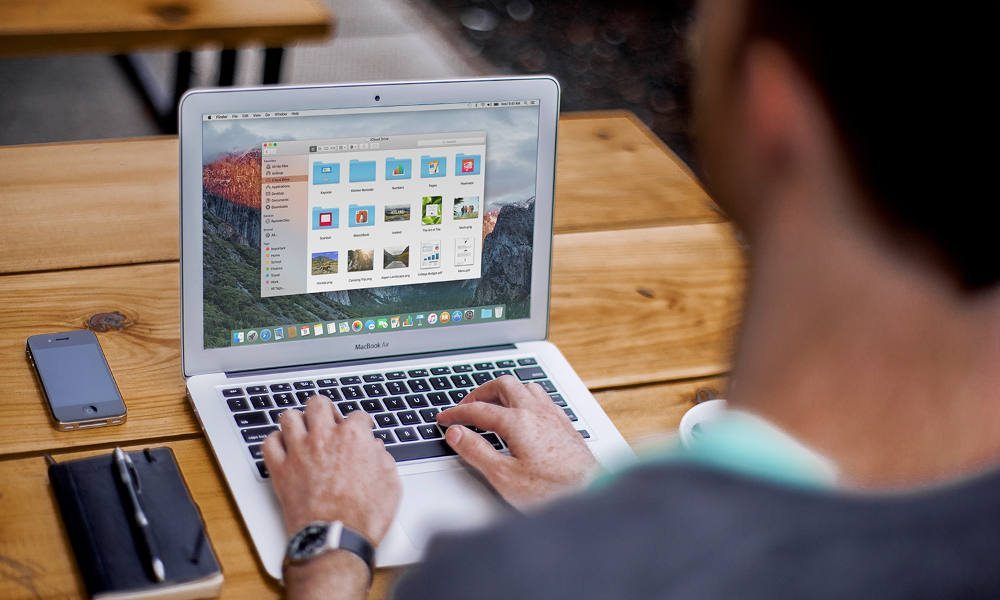3 Easy Ways to Clean Up Your Mac and Get it Running Like Brand-New Again

Toggle Dark Mode
As with many things in life, the more you use something, the slower, less reliable, and more problematic it tends to become. This principle can be applied to everything from our cars, to our bodies themselves, and even the electronic devices that we rely on to help us accomplish the tasks set before us. The Mac computer, for instance, is the perfect representation this. Although it is a great and beautiful thing, over the course of time it can really start to lag on you, have trouble processing certain tasks, and even outright crash — if the stars are aligned just so. While Macs, unlike their PC counterparts, are traditionally much longer-lasting machines, they are but machines, nevertheless. Occasionally a little tune up can actually get them humming along like they once did. So if the test of time has proven itself an adversary to your Mac, feel free to utilize any (or all!) of these simple ways to get it up to speed again.
Start With Activity Monitor
Taking a peek into the applications and processes that are currently weighing down your hard drive is a crucial first step to identifying “what’s gotta go.” Mac makes doing so easier than you’d ever think possible with the OS X or macOS Activity Monitor. Simply navigate to Applications from your desktop, and then select Utilities > launch Activity Monitor.
Some running processes, of course, cannot (and should not) be closed; so to view what your Mac is up to, simply click on View from the desktop menu bar, and then select Windowed Processes. From there, click on the CPU tab and, in the CPU column, you’ll be able to see what apps and background processes are weighing down hardest on your processor.
Additionally, you can also check into other things like memory, disk space, and network settings; however, the idea here is to simply get an idea of what’s what — the bigger picture of programs and utilities, and what percentage of space they’re occupying.
1.) Clean Up Your Hard Drive
One of the most obvious ways to speed up your Mac would be to clear its hard drive of any unnecessary or unused programs and files. Surprisingly, these “files” don’t necessarily constitute those which you can physically see (on your desktop, or in a folder), but also the “unseen files.” Sounds kind of spooky, right? Well, it’s actually not too hard at all to locate these “unseen files”, which can include things like hidden trash, unnecessary language packs, logs, Safari, and even apps and widgets. Of course, if you don’t need something, you can obviously delete it at your discretion, freeing up space on your hard drive — which, in turn, will speed up your Mac noticeably.
While it may be a bit challenging (not to mention, time consuming) to go through and individually delete the stuff you can get by without, there do exist a number of utilities — such as Dr. Cleaner, which is a free download from the Mac App Store. Once downloaded, launch Dr. Cleaner, click on the Find Junk button, and then select Clean. The app intelligently knows what files you do and don’t need, and won’t delete anything without your knowledge. It’s truly an overall simple and cost-effective way to wipe gigabytes worth of junk from your hard drive. A cleaned up hard drive makes for a happy Mac!
2.) Update Software & Enable Automatic Updates
A Mac that’s compatible with the latest version of OS X or macOS software, should be running the most up-to-date software. Major and intermittent software updates from Apple oftentimes include a myriad of stability enhancements, so it’s imperative to always ensure that your Mac, as well as the apps running on it, are always up-to-date. To check for software updates, simply click on the Apple Icon located in the far, left-hand corner of the desktop menu bar, and then select Software Updates to check if any are available.
You should also make sure that your OS and other Mac App Store apps are always up-to-date. The most convenient way to do that is to enable Automatic Updates in the App Store preferences, which will update your software titles even when you’re sleeping (so long as your Mac is on or asleep, as well). To enable automatic update, simply navigate to System Preferences, and then select App Store. Finally, if not already selected, go ahead and check off Automatically Check For Updates and Install App Updates.
3.) Manage Your Startup Items
Whenever you boot up your Mac, depending on the apps you use most and the apps you have installed, your machine is going to automatically launch select processes while everything is getting up and running. Those processes, apps, and what have you, can actually end up slowing the whole process down — and considerably so. If you don’t need apps like Safari or iTunes, or Photos, for example, to launch automatically (or to view and manage what processes will initialize the moment you login to your machine) simply launch System Preferences, select Users & Groups from the bottom row of options, and then click on your username. From there, simply click on Login Items.
You’ll want to browse the list for any apps that you can easily get by without seeing the exact moment your display lights up in all its polychromatic glory. Go ahead and select any (or all) applications on the list, by checking the box next to them, and then click on the “-” button right below to ensure that your future system boot-ups are quick, clean, and smooth as butter!






